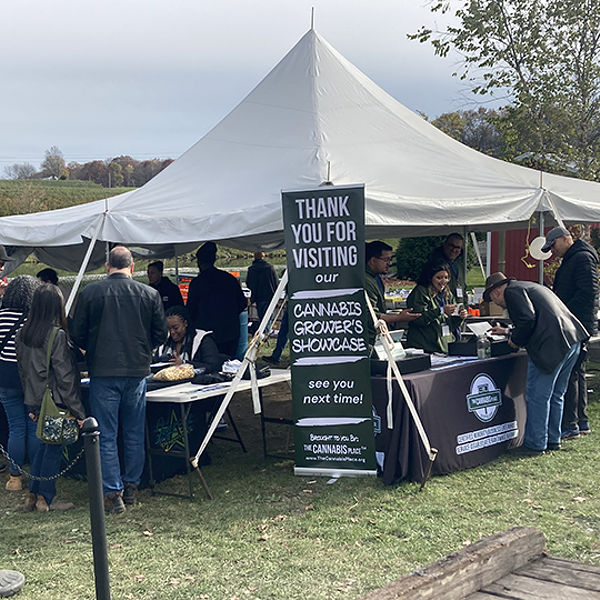Mexican drug traffickers are using America's national forests to expand their marijuana growing operations. Since drug traffickers were first detected on Forest Service land in California in 1995, the activity has spread to 20 states and 67 national forests, which are being destroyed by growers who cut down trees and pollute the ground and water with chemicals. In 2011, there were 6.2 million marijuana plants found and destroyed nationwide in national forests, which is more than double the amount in 2004, according to data from the Drug Enforcement Administration. During a raid of Wisconsin's Chequamegon-Nicolet National Forest in August, more than 8,000 marijuana plants were seized and seven arrests were made, with at least six tied to Mexico. In August, Operation Mountain Sweep targeted marijuana crops on public lands in several Western states, including California. Benjamin Wagner, the US attorney of the Eastern District of California, said about 578,000 plants worth more than $1 billion were removed.
Source: USA Today
In March 2012, the National Counterterrorism Center (NCTC) was granted authority by the Justice Department to gather, monitor, and store massive datasets about Americans using "predictive pattern-matching," or analyzing suspicious patterns of behavior, for up to five years. According to the Wall Street Journal, who originally reported the story, the NCTC now has access to entire government databases, including flight records, casino-employee lists, and the names of Americans hosting foreign-exchange students, among other information. Datasets can also be turned over to foreign governments for analysis. This method of data collecting is reminiscent of the Department of Homeland Security's intelligence-gathering "Fusion Centers," and the Pentagon's DARPA initiative, Total Information Awareness—a post-9/11 pre-crime surveillance of public and private databases—which is now defunct due to civil liberty concerns.
Source: Slate
In the wake of the Newton, Connecticut school shooting, the Journal News, a Gannett daily, sparked controversy when they released a map with the names and addresses of Westchester and Rockland county residents with handgun permits. "New York residents have the right to own guns with a permit and they also have a right to access public information," said Janet Hasson, president and publisher of the Journal News Media Group. Through social media, the map has been viewed nearly 1.2 million times, received hundreds of comments on multiple websites, and received national news coverage on ABC News, Fox News, and CNN. The newspaper received complaints that gun permit owners felt unsafe and violated, and some people even threatened staff members. Connecticut real estate agent and blogger Christopher Fountain published the names, addresses, and contact information for the Journal News's publisher, editor, and staff members who worked on the map. Readers of Fountain's blog supplied information about other newspaper employees, which he also published. Fountain believed the paper was equating legal gun owners "with some crazed, tormented devil up in Newton and putting the two together. And I was offended by that and I wondered how they'd like it if their addresses were published." The Journal News took down the interactive map in mid January after the passage of gun legislation in Albany. "While the new law does not require us to remove the data, we believe that doing so complies with its spirit," Hasson said.
Source: Journal News, The Nation, Huffington Post
Americans spent more than $10 billion on energy drinks in 2012. The FDA is currently investigating reports of serious injuries and deaths that may be linked to the high caffeine levels found in these beverages. The marketing strategies for energy drinks, which claim that their products offer more than just the benefits of caffeine, allow them to charge a premium. The European Food Safety Authority—who completed a 2009 safety study giving Austrian company Red Bull a clean bill of heath—reported that the claims made about benefits of energy drinks lacked proper scientific support. Energy drinks market that they contain large amounts of nutrients in an effort to sell their products to health-conscious consumers. For example, 5-Hour Energy boasts 8,333 percent of the recommended daily allowance of Vitamin B12, and 20 times the recommended intake of Vitamin B6. Despite these large, attention-grabbing numbers, health experts have said huge added dosages do not provide any benefits.
Source: New York Times
A deal struck by Congress to avoid the fiscal cliff raised taxes on the highest-earning Americans, while about 99.3 percent of households experienced no change in income taxes. The Tax Policy Center estimates the federal tax rate for an average family in the top one percent will increase from 28 to 36 percent, which is the highest rate since 1979. The tax code includes two new surcharges, including a 3.8 percent tax on investment income and a 0.9 percent tax on regular income. In combination with the 2010 health care law, taxpayers with $1 million in income will, on average, pay $168,000 more in taxes, and their share of the overall federal tax burden will climb from 20 to 23 percent. The new tax code will demand billions more from the wealthy—about $600 billion over 10 years—while the tax burden on everyone else is left almost unchanged. However, economists are divided on the effect these tax increases will have on income growth and income inequality for the middle and lower class. Despite being taxed less, those classes have bounced back slower from the recession than the wealthy. The Tax Policy Center's Roberton Williams said, "I'd still rather be rich, even if I'm getting taxed much more than a low-income person."
Source: New York Times
Neighborhoodscout.com, an online research and analysis group, ranks Newburgh as the ninth most dangerous city in the United States. The group compiled the 100 most dangerous cities in America with a population of 25,000 or more, based on the number of violent crimes—murder, forcible rape, armed robbery, and aggravated assault—reported to the FBI per 1,000 residents. According to the data, Newburgh is only safer than 4 percent of the cities in the US, with a crime rate of 64 per 1,000 residents. In comparison to other New York communities, more than 99 percent have a lower crime rate than Newburgh. The group's analysis found that the chance of becoming a violent crime victim in Newburgh per 1,000 residents is 1 in 55. The group found East St. Louis, Illinois to be the most dangerous city in America, followed by Camden, New Jersey and Flint, Michigan. The rankings are based on crime-to-population ratio, which explains why larger municipalities, like New York City, are not on the list.
Source: YNN, Neighborhoodscout.com
The US government and tax experts estimate the practice of exploiting "like-kind exchanges," or exchanging one asset for a similar one without taxation, diverts billions of potential tax revenue from the Treasury each year. Evidence from a recent federal trial in New York revealed that some major companies, like Cendant, Wells Fargo, and General Electric, may have pushed the boundaries of the tax break, which was originally meant to help farmers avoid capital gains taxes if they used the proceeds of asset sales to buy equipment replacements. However, the tax break has extended to others, like real estate developers, art collectors, and major corporations, who are receiving subsidies for rental truck fleets, investment property, vacation homes, and thoroughbred racehorses. Companies who sell an asset must also give a third party control of the money, or the tax break is invalid. This trial reveals a larger problem within the US tax system: there must be voluntary compliance on the part of taxpayers to follow the rules. President Obama said he will attempt to have broad reform in the tax code this year. However, George K. Yin, former chief of staff of the Congressional Joint Committee on Taxation, said taking away this tax break will be hard. "Tax expenditures are very similar to an entitlement program, so they're easy to start," he said. "But once a tax break gets started, people think they're entitled to it, so they are very difficult to end."
Source: New York Times

















